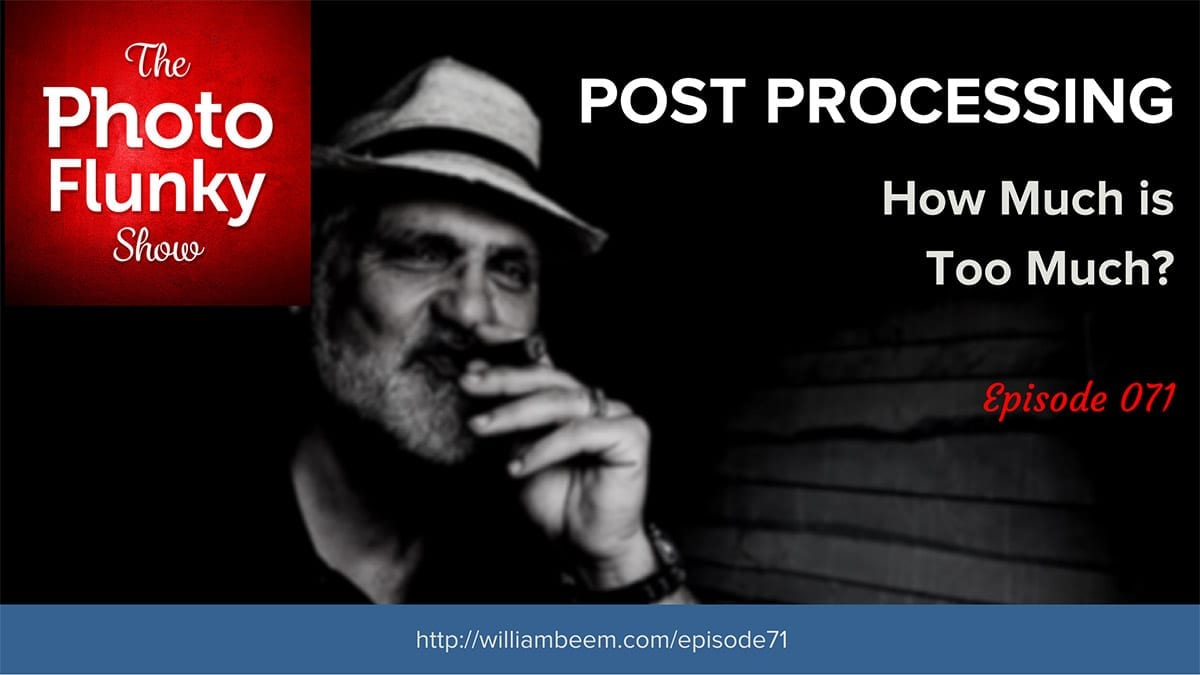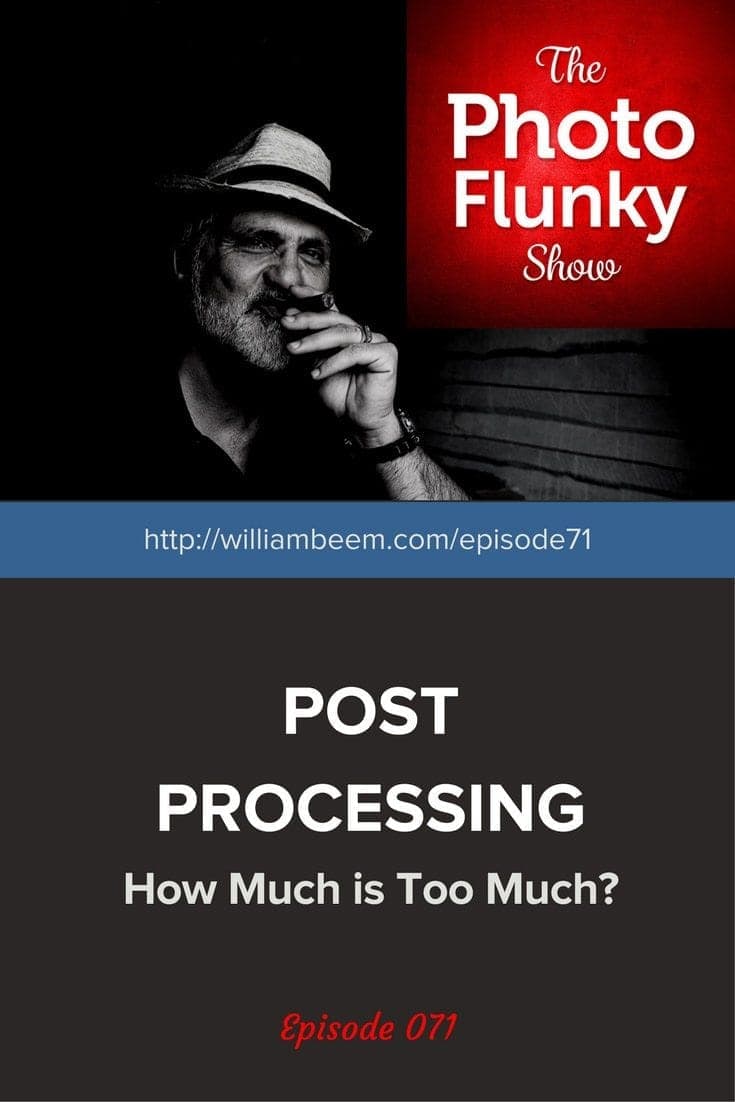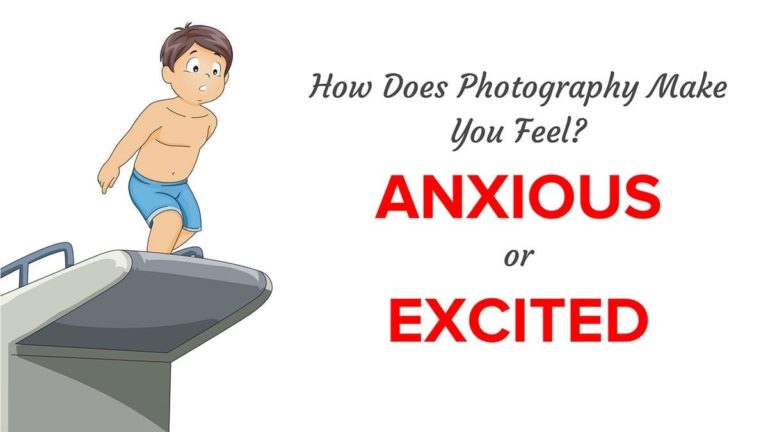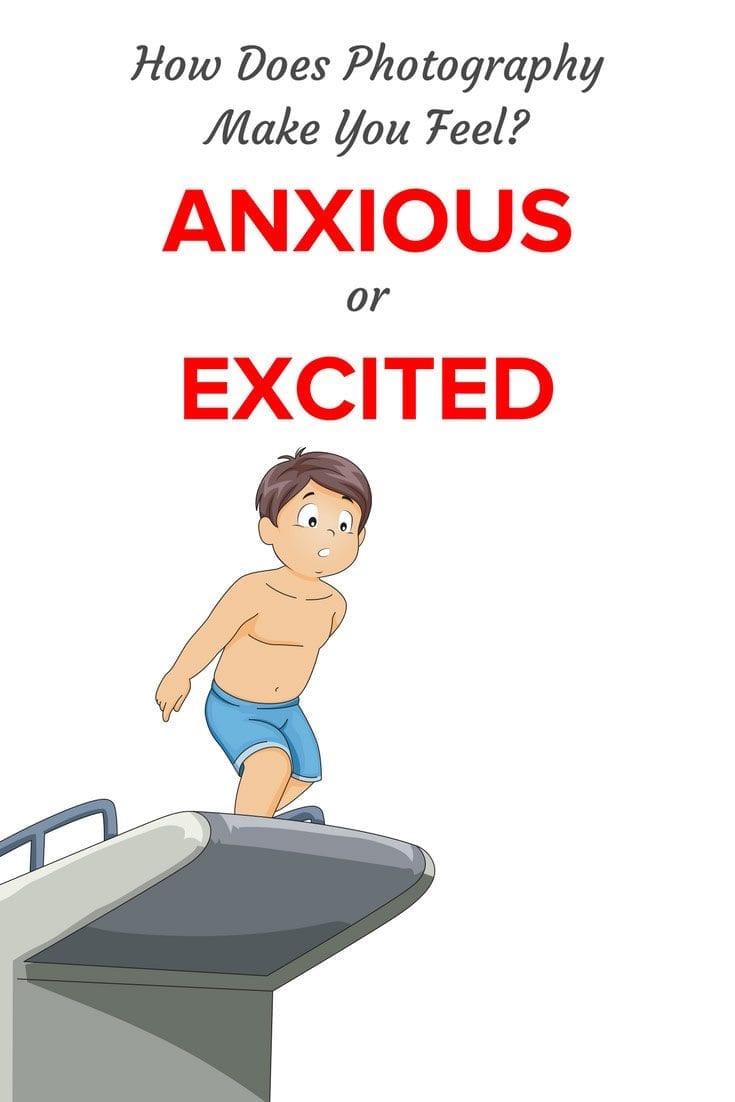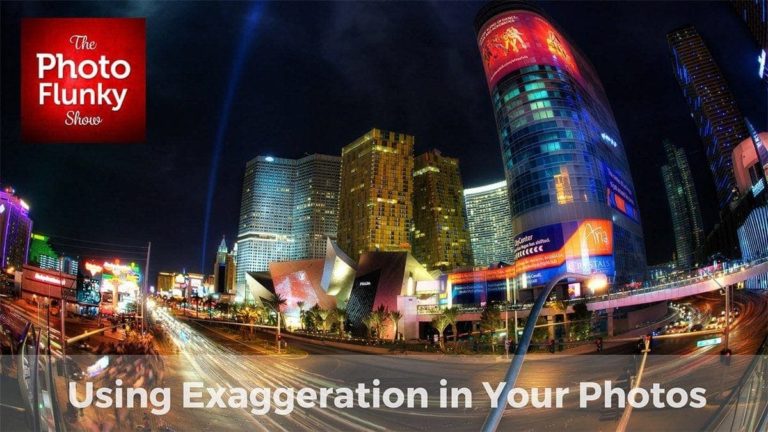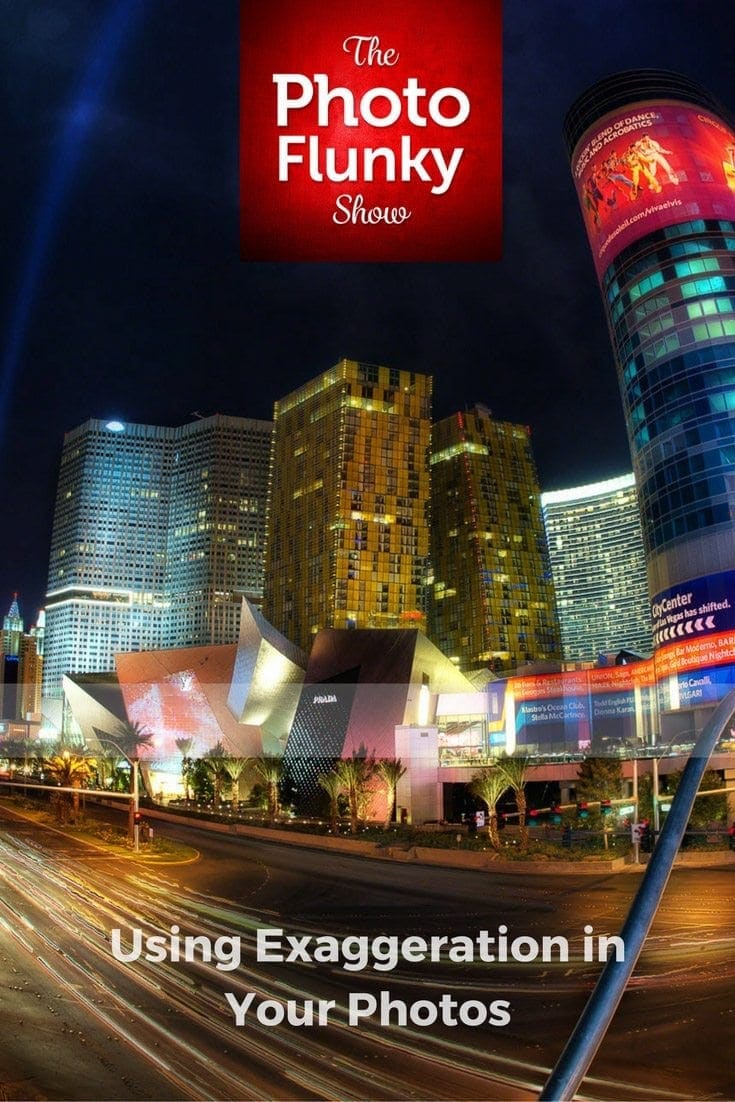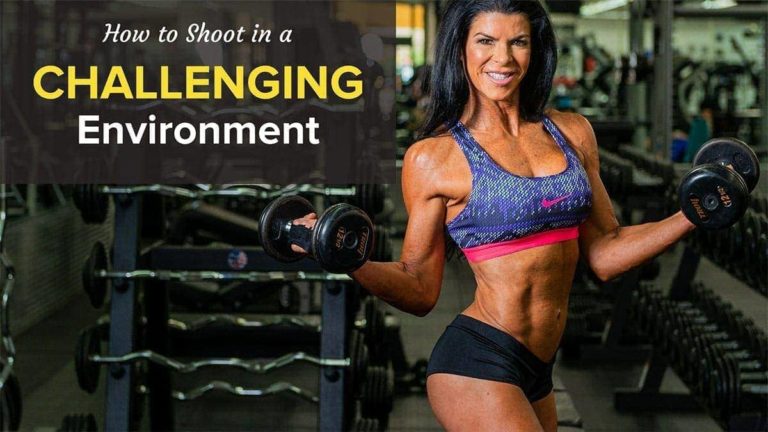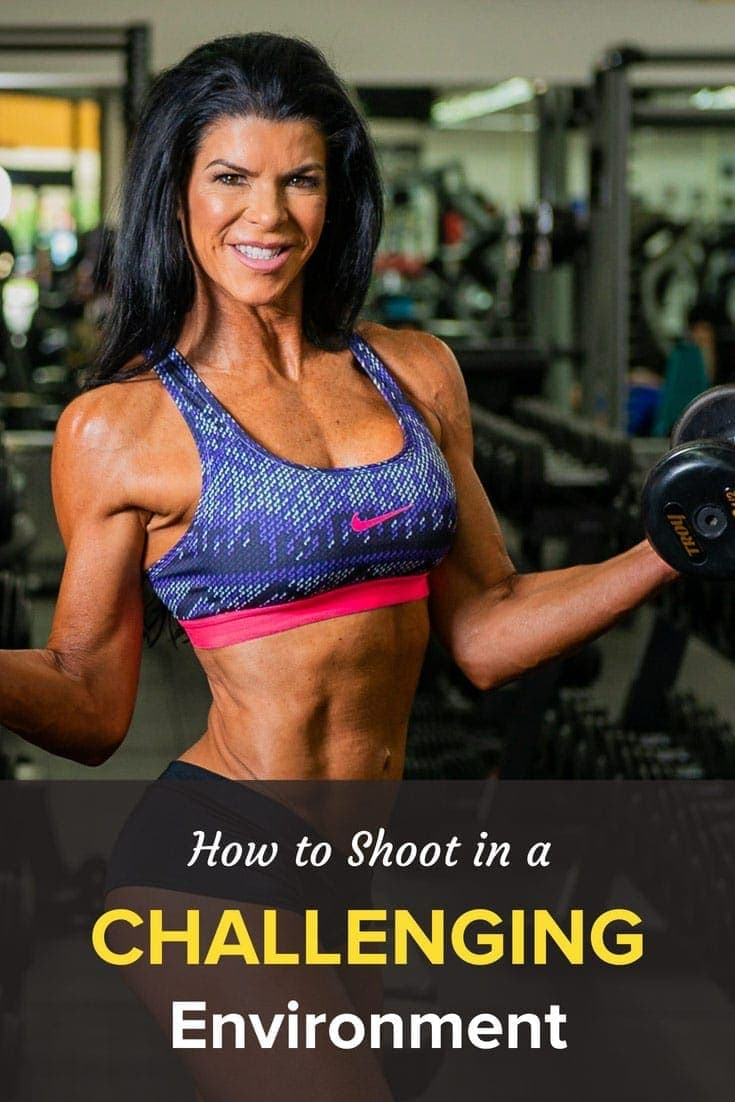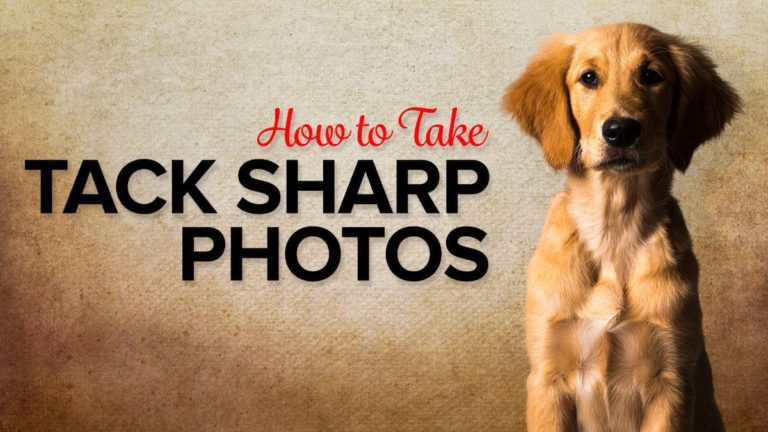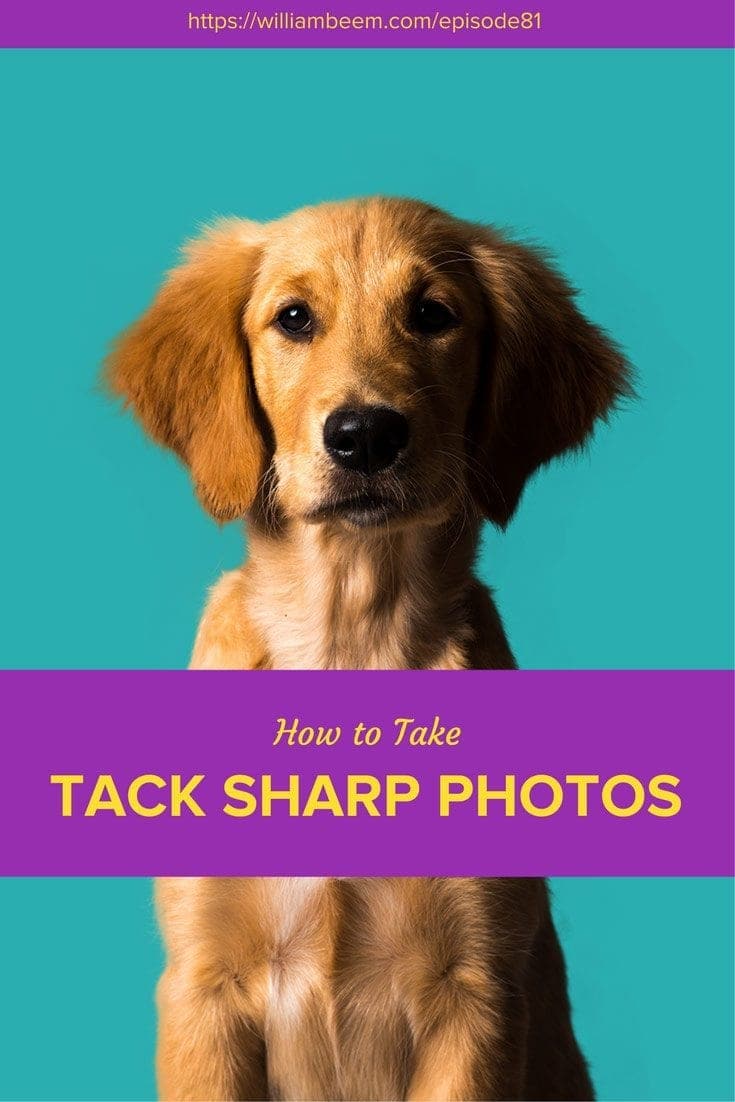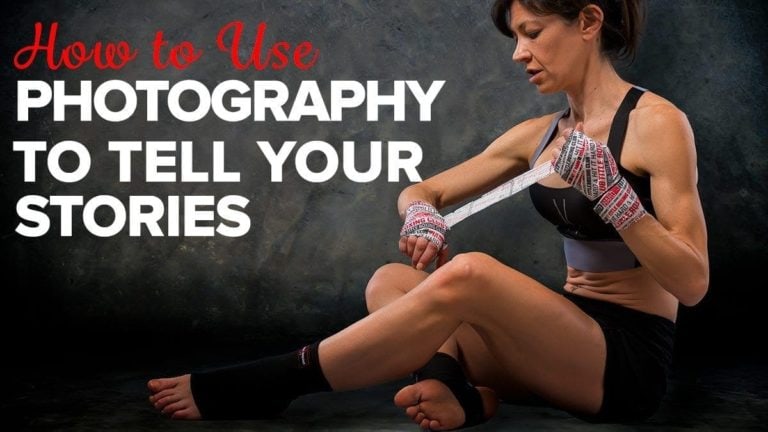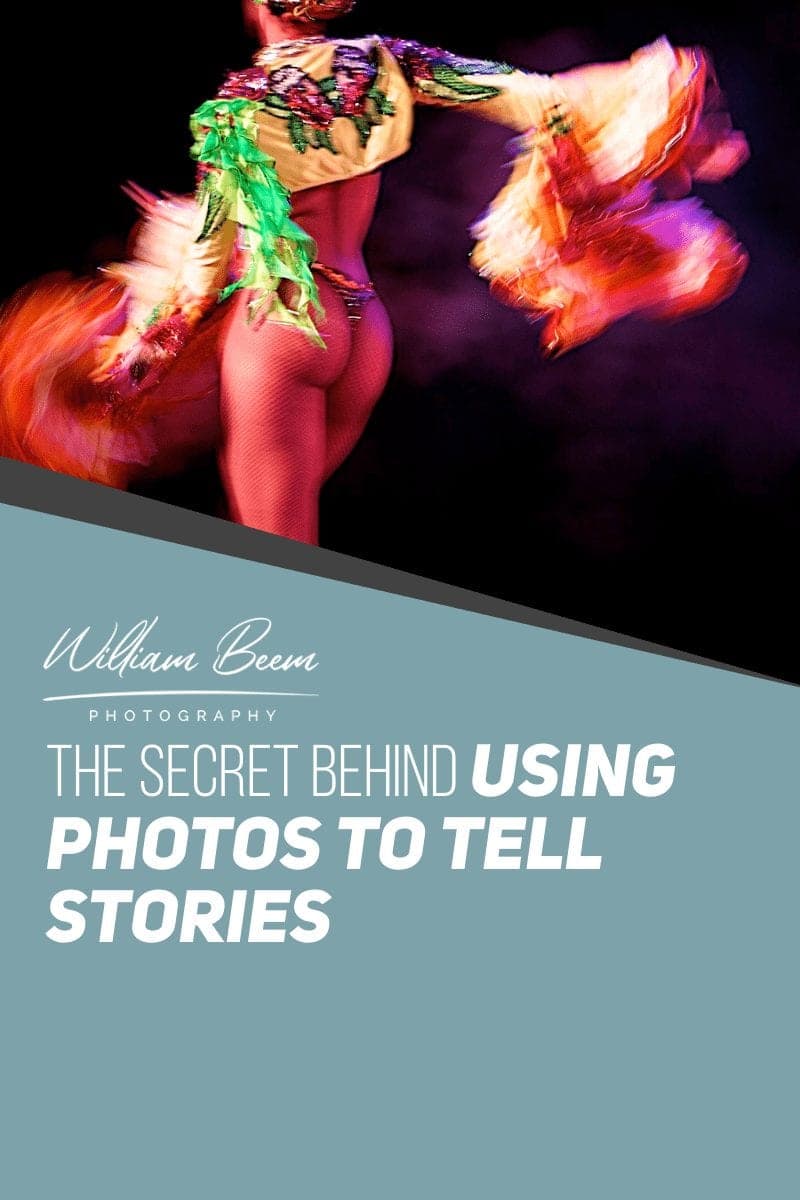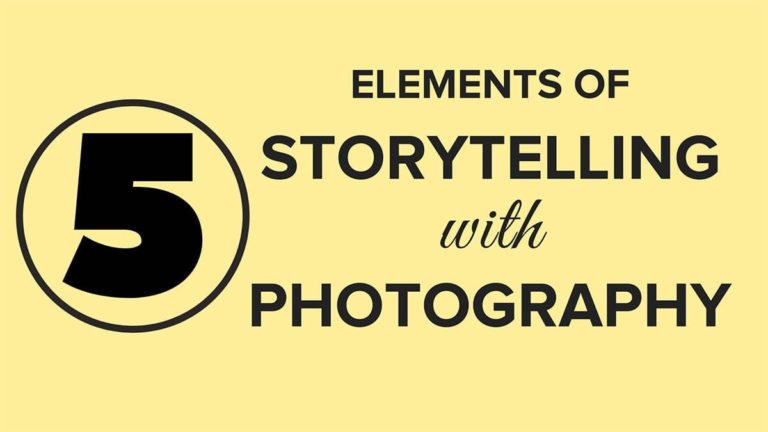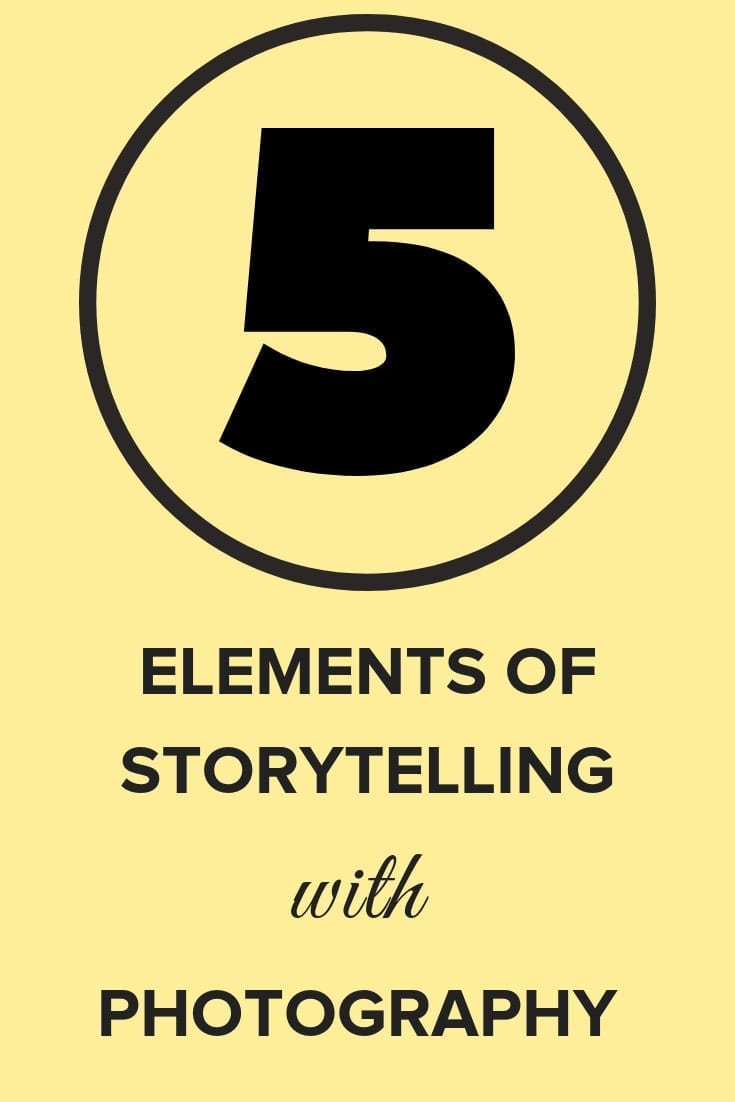Affiliate Disclosure: We earn a commission if you purchase through one of our links at no additional cost to you.
Is it Hard to Know How Much Post Processing is Too Much?
Determining how much post-processing is too much is something of an undefined line. The reasons vary based upon purpose of your photographs.
Personal photos are up to your own sense of taste. If you’re happy with your photos, it doesn’t matter how much post processing you do.
If you’re seeking validation from others, then the invisible line of post processing starts to creep into view. Some photos may be too crunchy, too colorful, too grungy or filled with halos for another person’s taste. Sadly, some of those people will tell you about their opinion whether you asked for a critique or not.
Then there are different answers when you start to use your photos commercially, for sale, or for a journalistic intent.
To Deceive or Not to Deceive
Photos can be deceptive. It isn’t just post processing that deceives the viewer. Different lenses may distort the view. Your composition and lighting can change how someone perceives the subject.
We saw examples of that during the 2016 election cycle.
If you’re reporting news or documenting a topic, your post processing has much more impact than something shot for an advertising campaign.
Imagine that you darkened the eyes of your subject.
For journalism, this may have a very negative connotation. If you’re creating a movie poster, it could define your villain. Fashion and cosmetics ads could sell millions of dollars of cheap cream.
Context is imperative.
Something as simple as skin smoothing could be completely accepted in a portrait and also completely inappropriate for a journalist.
It’s Up to You to Decide How Much Post Processing is Too Much
During the episode, Lee and I discuss our own lines for our photos. She takes a much more conservative approach to her photos. I will gleefully erase tourists from travel photos and widen the eyes of my portrait subjects.
Am I deceiving the viewer or am I presenting the subject as I experienced it? In some cases, a little of both.
You see, photographs may be fact, but they are not truth. If I take a portrait with my flash or studio lights, I’ve frozen them in time. The light will show off every pore and imperfection on their face.
Is that really how you remember someone?
Of course not. People move about and the light on their face constantly changes. It isn’t fair to represent a person with a stark, frozen moment in time.
So portrait photographers and retouchers compensate for facts with their own idea of truth. You may not notice an imperfection on someone’s face while talking to them, but it really stands out in a photo.
So we remove the imperfection.
At least, some of the time. Older folks have wrinkles. You don’t remove the wrinkles, because they are part of the subject’s identity. You don’t take freckles off a kid.
However, you may decide to reduce them a bit because they didn’t stand out as much in person as they did face to face.
Your Line Will Move
I’ll leave you with a closing thought. As time passes, your own standards will change. There was a time when people accepted grungy HDR as a form of art. These days, people are less accepting and consider that look to be overcooked.
Your own photos from a few years apart may take on a different look. That’s because you have different post processing tools or your talent with post processing improves.
Basically, it’s a good thing when you recognize that you’ve improved and your thoughts about how much post processing is too much shift from your old position. It’s called growth.
Styles change. You can change with them or chart your own course. It’s not a bad thing to be unique.
Transcript
THE PHOTO FLUNKY SHOW: Episode 71
Links to subscribe to the show:
You can find links to this episode and all of the other ones at photoflunky.com
iTunes: williambeem.com/itunes
Google Play Music: williambeem.com/googleplay
Stitcher Radio: williambeem.com/stitcher
Blubrry: williambeem.com/blubrry
Keep up with us on social media:
Twitter: @photoflunky
Facebook: William Beem Photography
YouTube: William Beem Photography
You can find links to this episode and all of the other ones at photoflunky.com and of course if you’d like to subscribe, we would love that. Go to at williambeem.com/itunes or williambeem.com/googleplay or williambeem.com/stitcher or even williambeem.com/blubrry
William: Welcome toThank you very much for joining us on the Photo Flunky Show, episode seventy-one.
Today we are going to be asking the question: How much post processing is too much?
So those of you who are really into the funky HDR, this show is for you!
Hi, my name is William Beem.
Lee: My name is Lee Beem.
William: And we are going to be asking the question, how much post processing is too much? As usual Lee and I kind of disagree on a few points. It wouldn’t be any fun if we agreed on everything.
Lee: It wouldn’t!
William: Before we get started I just want to say show notes are going to be available at williambeem.com/episode71 and of course you can find a transcript of the show there for free. Links to subscribe will be on that page as well as on photoflunky.com. You’ll find our podcast player with this and all of our previous episodes and links to subscribe.
Finally, get your free ebook. I’ve got an ebook called Creative Portraits. It is about the emotional and creative side of portraiture; not the technical side. And it’s yours for free. Go to williambeem.com/freebook or you if you want to, just whip out your phone and text the phrase CPBOOK to 33444.
So what we really want to do is talk about post processing your photographs. How much is too much?
This kind of all came about with something that you brought up to me the other night and you said that there were people who said if you have to take your photograph to Photoshop, it’s cheating.
Lee: Yeah. That was my introduction to photography, so I spent my first – I’d say maybe eighteen months – not using any processing whatsoever on my photos. I just assumed because I was a beginner my photos looked crap.
William: That’s something that I just kind of wanted to get out there. There are people who think that post processing is cheating. It’s a little misguided because all photos need some kind of post processing.
Lee: Yes.
William: How much you do depends upon the genre of photography that you’re in and are you documenting something, or are you telling a creative story? But the idea that no post processing whatsoever is invalid to me because the simple fact is if you take a photograph as a jpg, there is post processing happening inside the camera.
Lee: Yes, there is. And you can set it to really crank that up as well.
William: If you want to go with a vivid or you want to go with landscape or you want to go with portrait, that means that whatever camera you are using, the manufacturer has determined what algorithms they are going to use for post processing. And they are applying it to every photograph that you take when you’ve got that setting applied.
Lee: Oh, we have snakes. They’re just not pets!
William: Well, there are snakes in the back yard. Not often, but it’s spring time so things are on the move so I’m just hoping gators don’t show up in the back yard.
Lee: Now that’s really cheating, because somebody else has post processing for you.
William: Well it’s not only cheating. It’s ignorant. You don’t even know what is creating the results that you get.
Lee: That’s also true.
William: A number of photographers these days and for the past few years like to shoot raw, because raw is not a photograph. It is simply a collection of data from which you can extract and create a photograph.
Every jpg has got some kind of post processing in it. It may be flat, it may be bright, it may be over saturated, but there’s some kind of post processing. So the idea that post processing is cheating … I’m sorry, I just reject that out of hand.
Lee: Yeah. And I had to come around to that. I was kind of slow in getting around to it and I think taking fireworks photos was when I really realized, hang on a second! Let’s do something with this. Because I had set my camera on very specific instructions and guidance. I had followed them to the letter. I had practised and felt like I’d done everything right. The photos were sharp; but somehow it the finished result wasn’t exactly as I’d seen it in the live event.
William: It wasn’t as magical as what you saw during the time. It didn’t capture the essence of what you saw.
Lee: It really didn’t.
William: So therefore it really wasn’t an accurate representation or capture of what you saw.
Lee: That’s right. And you know I took those – initially it was a while – I’d taken those photos in jpg before I came around to this idea, so that wasn’t even raw files that are generally flat and need some sharpening and enhancements. So I guess this collection of information that I had processed myself in my mind over time made me come to the realization that just because everybody else is saying something, doesn’t make it so.
William: No, it doesn’t and this is why I wanted to bring it up because, particularly for new photographers that are hearing a lot of advice or reading it on forums, this is bad advice. It is extremely bad advice. Everything you do with a camera affects how it comes out. There is no reason why you can’t do something in post processing to affect how the photograph comes out and that is, at a minimum, you need to sharpen your images. But your lens selection is going to cause different levels of distortion of what you saw.
It’s also going to affect the colors of what you saw. The sensor that you have, the ISO settings that you have; all these little things are going to affect the image that you come out with. I have yet to see a photo where I just snap it and out of the result of the camera comes exactly what I saw.
Lee: This is true. Especially because we always shoot raw now.
William: We always shoot raw and I have got a bunch of old photos from before I knew enough to shoot raw and I was shooting jpg, and I thought I really wish I could go back. I can do some things with them, but I really wish I kept the raw files.
Lee: Yes.
William: What post processing is important to all photos?
At the very least, sharpening, I would say. All photos need to be sharpened.
Lee: They do and generally unless you’re using a gray card, almost all photos I would say need some kind of white balance adjustment.
William: Yeah and the funny thing about white balance is it happens after the photo is taken. You’ve got the raw data and you can take it any which way you want. If you are shooting in jpg and the camera is applying the white balance, it’s going to be based upon the settings you have on your camera.
So you may be able to change somewhat the color temperature or white balance, but it can be used for a creative choice or it can be used as a documentary choice.
Lee: That’s right and if you’re documenting things you want them as accurate as possible.
William: And if you can’t do that, just make everything black and white.
Lee: Yes!
William: But that’s a choice in itself. I made this photo black and white. Is it real? I didn’t see it in black and white. I mean for decades journalistic photos were in black and white.
Lee: Yes.
William: Yet that was acceptable. No-one thought about that as post processing.
Lee: It was acceptable because everybody was doing it.
William: Exactly. So the idea that post processing is cheating, I just want to dispel that myth completely. Post processing is not cheating!
However there are things that are acceptable for some genres of photography that are not acceptable for others. So I’m going to suggest that adding some contrast, adding some sharpness and maybe even lens correction is acceptable for any genre of photography.
Where you start stepping over the line for some genres is where you start distorting what was in the image.
Lee: Well, I call it manipulating the photo. If I have to really manipulate the photograph, things change dramatically from what really was there and what I saw to what I am putting out in the final result of the post processing, that to me is manipulation. That’s not to say that I don’t agree with it; it’s just that I don’t choose that for my photos because mine are generally taken with the intention of sharing what I saw.
William: Let’s take a look at journalistic intent. You’re taking a photograph. Can you crop the image down?
And in some cases, yes you can because if something extraneous is in there, you want to crop it down so you can show the intent of what you’re documenting. I think that’s fine.
If you use a crop in order to remove somebody from a photograph, then you’re kind of changing history of who was there or who was part of the scene.
That’s a manipulation. I think the intent is not so much the tools that you use inside of post processing; it is what is your intent? Is it impacting or deceiving the viewer?
Lee: Yes, but then you can look at it like you mentioned, in-camera. So if you crop and remove somebody and you are changing who was there, you could zoom and remove somebody and change who was there. If you think about this there are just so many variables in here, but it gives you an idea of how big and complicated this can be and how simple it really is.
William: I think you’re right. You can make this as big or as little of an issue as you want to and most of us, I think that are listening to this show, probably aren’t doing this as journalists. I think we are doing this as art or travel photography or something that we are doing for our own entertainment.
Maybe we are doing client shots as well. Those are the things where you know what your subject is, you kind of know where the lines are.
Every once in a while you get close to a line and it’s like, did I step over or not? So for example with travel photography: we go off to – again I say this all the time – to Walt Disney World and we take photos out there. If we decide that we want to remove some people who are in the way of our shots, is that stepping over the line?
Lee: To me it’s not. It depends also. I like people in my shots but I also don’t want somebody’s gaping, wide open mouth mid yawn on the left hand side of my photo, distracting from the subject.
William: And again, for that travel photo it depends what is your intent? Are you publishing this for saying I was here and saw this scene – one of the attractions of one of the vignettes that maybe Disney set up – or are you publishing this and that person is part of the story?
Lee: Something else that I do and this is going to sound crazy, but I’ve learned that I take a lot of iPhone photos for my own little social media sites that I’ve got going up. I have learned that I often don’t have something white in my photo. iPhone doesn’t usually get the white balance right, so what I do is have something white just in the little corner – maybe a piece of paper in my hand – and I’ve learned to have something or take off my shoe with a white shoe lace. I intend to crop this out and I allow for it. But that is so I can fix the white balance.
It’s the silliest thing, but I have to mess with it because the iPhone does not get it right and there are certain things, like somebody’s face or pictures of food that you don’t want to be in the wrong temperature. I tend to warm it up a little bit, but I want to control that and I need to have it correct as a starting point before I start to put my own feel into it.
William: OK, for the photography that you do, either travel or food photography, what is the line for you? What will you do and what won’t you do?
Lee: I will enhance what I saw. I will enhance colors, I will sharpen, I will denoise because maybe the ISO is high or maybe the light wasn’t that great. I’ll do things like that. I’ll change the white balance. I always do the lens correction and profile corrections – that’s usually where I start when I hit Lightroom, which is all that I use for my post processing from my camera. Lightroom generally doesn’t manipulate your images. I am not going to go with the grainy effect; I’m not going to hit up the clarity – I’m very careful with the clarity slider because it gives it that kind of grungy look. Very crunchy and too textured for me.
Some things work with that. There are always exceptions, but I would say ninety nine per cent of the time if I touch clarity it’s a gentle nudge.
William: Are you looking at your photos as artistic or as something like “here I was”?
Lee: I like to look at it as an artistic take on “Here I was.” But I like the artistic side of it to be how I saw it and how I present it, rather than what I’m doing to my images to make it artistic.
William: So you want to show what you saw and specifically with your composition, the way you saw it; the way you want to present it to someone else. And then you want to enhance that just a little bit to kind of feel the punch and presence like you were there.
Lee: That’s exactly how it is. I do enhance it. There are some things that I fix that you cannot fix in the iPhone or maybe get a hundred per cent correct in camera. So like I say, the white balance, a little bit of sharpening, things like that, I’ve got no problem with doing that.
William: Do you have any problem removing an object if you didn’t see it when you were there, then suddenly say oh, that doesn’t belong!
Lee: I don’t really have a problem removing an object. Maybe someone’s finger got into the bottom corner of your frame or something blew into the side, then yeah, you want to get rid of that because it’s a distraction and that’s also an important part of presenting your photo and finishing it. You may need to crop it, you may choose to remove it because you don’t want to kill something else in there by cropping, but I don’t want to start cloning things in and cloning things out and doing all kinds of things. The type of photos that I take …
William: You don’t clone things in and out. Now, you also do like your scrapbooking and you like compositing things.
Lee: I do.
William: You’ll pull out a subject out of a photograph and basically a new composition.
Lee: Yes. I am not presenting that as a photograph. I am presenting that very clearly as a scrapbook which is made up of elements that I have put together. So I am not trying to pass it off as ‘this is how the scene was when I saw it.’ I’m saying these are elements of things that go together for the story I’m telling here and I have put them together specifically and it’s really blatantly obvious in the way that I’ve done it, that these things were extracted from different sources.
William: Yeah, that’s true. Because you’d never take a photograph that looks like one of your scrapbook compositions.
Lee: There is just nothing as chaotic in this entire world.
William: You’re right. Nothing exists that looks like that. So it’s kind of like one of those old Monty Python things where somebody’s mouth would unhinge and come way down.
Lee: Yeah. But you know that’s what I love. I choose to use my scrapbooking as a release for that kind of crazy, no limit, creativity.
William: Alright, now as far as photography, I am on the other end. I will manipulate a lot of things.
Lee: Yes.
William: For example, my portrait work these days, I like to shoot a model on a clean background like a white or gray background and then composite the model onto maybe something else that I’ve shot from another scene.
That in itself is a manipulation that you could not get away with in journalism. In other words you don’t get to take a picture of the President here and then put him on top of a nuclear missile in Russia.
Lee: No!
William: At least, not call it journalism. Now comedy or something else like that, maybe parody – a lot of people do that on Facebook – but as far as things to photograph, I don’t think that what I’m doing in portrait photography that I have to be limited to just where the person is standing.
Lee: You’re right, but the reason for that is pretty obvious to me. Your photograph is to present the subject. Your model is clearly the core subject of the photo.
The background never features in the subject. You actually want as little attention as possible to the background. So you are choosing a background to enhance your subject, just like you might use vibrance or clarity or something on a different type of photo to enhance your subject, you are doing something different. And compositing does lend itself well to things like that.
It does depend on what you’re doing.
William: But I’m doing even more. I can take a photograph of a model and show him or her exactly as the camera captures them, but that is still not the way you perceive them, because when the light flashes and every little pore and every little defect on someone’s face becomes glaringly obvious; because it’s a still photo that’s really well lit and sharp. You start to see things that you don’t notice when you’re talking to someone face to face.
And that’s why we come back and I will remove those imperfections; I will do skin smoothing to an extent. I don’t want to remove their pores, but you want to kind of balance out the skin tones.
I might go further. If I’ve got a model and I decide that I want to try a couple of things, I might enlarge the eyes. You may not notice this, but when you are looking at a lot of magazine covers, look how big the eyes are on some of those models. They are not the same as what the photograph has taken.
In a lot of cases you will see people’s nose slimmed down, you’ll see their eyes enlarged, because you engage with their eyes so they make them a little bigger to kind of draw you in.
And of course there are other things as far as liquefying. People resize someone’s shape, whether it be their hips, their bust or their jaw line, their arms … any number of things. You’ll find there are all sorts of manipulations that go on in advertisements and magazine covers. Are those over the line?
Lee: You know, I’ve got my own views on that for advertisements and magazine covers, but that’s not really from an art perspective. But I think what you’re doing … you actually explained exactly why to me it is not manipulation to do this when you maybe minimize the exaggeration of the pores and every fine hair and every mark on the skin. As you said, when you are looking at somebody in real life, you are not looking with all these lights on that are highlighting things.
It’s like going into a changing room. I mean you look in the mirror there and suddenly you’ve got bumps and bulges and things. You don’t normally look like that to the naked eye when somebody sees you and you are actually bringing things back closer to reality than what they are under those lights that expose absolutely everything.
William: You can. But there is a line and it’s not something you can say this line exists for every specific photo, but for each photo you have to decide for yourself where the line is.
If you are brightening someone’s eyes, are the whites of the eye too bright? Is the iris too bright? Did you change the color of someone’s iris?
When you start getting into that stuff, you are manipulating and it’s no longer the person that you captured.
And skin smoothing that goes too far or makeup that goes too far beyond what they were wearing. You can put all sorts of make up on somebody in post processing.
Lee: You can.
William: And you can really slim someone down to the point that the person would look at the photograph and say, “That’s not me!”
Lee: That’s right. When I look at something like that, my thought is, “Couldn’t you get the model that you needed?”
William: Sometimes you can’t.
Lee: Well, I love a bit of enhancement. You’ve taken a few portraits of me and all you’ve done is make me look like me, but nicer. I’m quite happy with that. If you suddenly started giving me long eyelashes, a slim nose (which I don’t have) and if you took all the lines out of my face completely that I looked like I was twenty (which I’m not) … yeah, it might look like a pretty photo. But that’s not me. I don’t want that.
I need to look like me because when anybody who knows me looks at that photo they are going to think “That’s not her!”
William: Yeah, and that’s the problem I’m running into now. I’ve got my profile photo from 2011 so it’s six years old and I ran into somebody a couple of years ago who said, “You don’t look like that!”
I thought, well thanks! That was her very first word to me. So I’ve got to take a new profile photo because apparently I don’t look like mine anymore.
It’s just one of those things like you can’t really say where the line is on that genre, but you know there’s a line when you cross it. And I think the same thing is true for every other kind of genre. If you are taking something that’s supposed to be street photography or it’s supposed to be a journalistic documentary kind of photography, you are not going to go manipulate that photo and expect to get it published.
Lee: In National Geographic or something.
William: Yeah, they are just not going to take it. They are going to accept that maybe you enhance the colors, maybe you play with the contrast and sharpen it, but you need to get things as close to right in camera as you can. There is the reasonable thought that the camera doesn’t do everything.
Lee: This is true. The camera does not do everything. It does the best it can and it does a great job most of the time. Sometimes it is as simple as you didn’t get your settings right.
William: That’s our advice. Do the best you can to get your shot correct in camera. Take your time, do your composition, make sure your settings are right, but please don’t feel like post processing is cheating, because every photograph is going to need some form of post processing.
William: Thank you for listening to the Photo Flunky Show.
Show notes are going to be available at williambeem.com/episode71 and of course you can find a transcript of the show for free.
We would love it if you would subscribe to the show on iTunes, Google Play Music, Blubrry, Stitcher Radio and maybe a couple of others. We have links on the show notes and also you can subscribe at photoflunky.com
And finally, don’t forget to claim your free copy of Creative Portraits at williambeem.com/freebook. Or you can text the phrase CPBOOK to 33444.
Thank you so much. We appreciate you. We’ll see you again next week.

